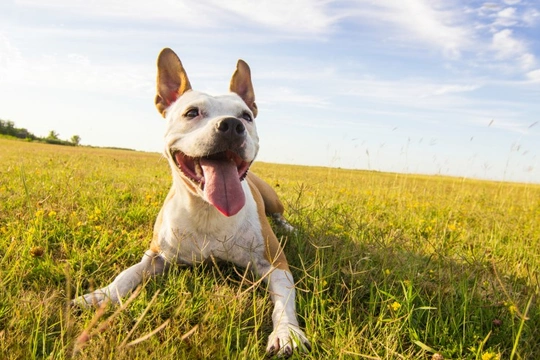
What should you do if your dog is bitten by a horsefly?
If you’ve ever received a large, painful fly bite that was really irritating and potentially caused a large, angry red weal on your skin that took several days to calm down, there’s a good chance that the fly that got you was a horsefly. Horsefly bites are very unpleasant and something that most of us only need to experience once in order to take pains to avoid being bitten again in future, and they can also be really painful and irritating for your dog too.
If your dog has been bitten by a horsefly, they might make quite a fuss, yelping in pain and suffering from localised discomfort for several days or hours afterwards, and it can be hard for dog owners to know what to do to make their dog feel better.
Horseflies and so, horsefly bites are unpleasant but not generally serious – although they are quite common during the summer months of the year, and can produce quite an acute reaction in your dog.
In this article we will explain how to tell horseflies apart from other types of flies that are around in the summer, what you can do to reduce the chances of your dog being bitten, and what to do if your dog is bitten by a horsefly. Read on to learn more.
What does a horsefly look like?
Horseflies are quite distinctive from most other types of biting flies in the UK, which makes them easy to spot and so, somewhat easier to avoid!
Unlike most common flies that are black or have vivid blue or green colouration, horseflies are usually a medium to dark brown in colour, and are larger than your average black fly. They also tend to have a longer body length to width ratio to other flies, and are somewhat slower moving. Horseflies tend to sit still on inanimate objects, or on the skin before delivering a bite rather than buzzing around a lot – which means that if you spot one landing on yourself or your dog, you might get a few second’s grace to slap it away before it delivers a bite.
How likely is it that a horsefly will bite your dog?
Horseflies can be quite aggressive, potentially attempting to bite a dog or person several times while you shoo them away, before finally giving up. However, they need to be able to get to your dog’s skin to bite it, which means that if your dog’s fur is long or thick, they are less likely to get bitten! Dogs with short, fine fur like the Staffordshire bull terrier make for an easier horsefly target than those with thick, shaggy coats, although most dogs have sparser fur inside of their legs and on their bellies, which also make for popular horsefly targets.
As the name implies, horseflies tend to hover around horses and try to bite them, although they are quite happy to bite many other animals too! Rural areas with lots of horses, farmyard animals or manure tend to attract horseflies more than urban settings, and so if you live or take your dog walking around rural areas, you will probably see a lot of horseflies at certain times of year, increasing the risks of a bite occurring.
Reducing the risk of a horsefly bite
Avoiding areas where horseflies tend to congregate can help to reduce the chances of your dog getting bitten, as can using a light summer coat on your dog to help to protect them from both the sun and insect bites. Using insect repellents in your home or garden – like a citronella candle – can also help to keep flies away, and you might want to look for a pet-safe insect repellent spray for your dog too if they seem to be particularly tasty to flies!
Horsefly bites can happen quickly and you won’t always be able to prevent your dog from becoming a target, but keeping an eye out for horseflies and brushing any you see off your dog quickly might help to avoid a bite.
Dogs that snap at flying insects are at higher risk of being bitten for obvious reasons, so try to train your dog out of doing this.
What to do if your dog is bitten by a horsefly
If your dog is bitten by a horsefly, they might yelp and/or snap at the fly or bitten area, which may be your first indication of a bite. The localised area may well also be painful and look sore and inflamed, so try using a cool compress to ease the inflammation and irritation and allow your dog to settle down.
Try to stop them from licking or bothering at the area of the bite, as this can worsen the irritation and increase the risk of infection setting in, which is something you should remain alert to. You might want to consider using an old t shirt or something similar to cover the area of the bite and keep your dog from bothering it until it begins to heal.
If the site of the wound itself is very sore and angry or doesn’t begin to look better within a few hours, or if your dog is in a lot of distress or may potentially be having an allergic reaction to the bite, talk to your vet as they might recommend giving your dog an antiallergy medication to reduce the irritation, or wish to check the wound in case it is becoming infected or causing a bad localised reaction in your dog.



